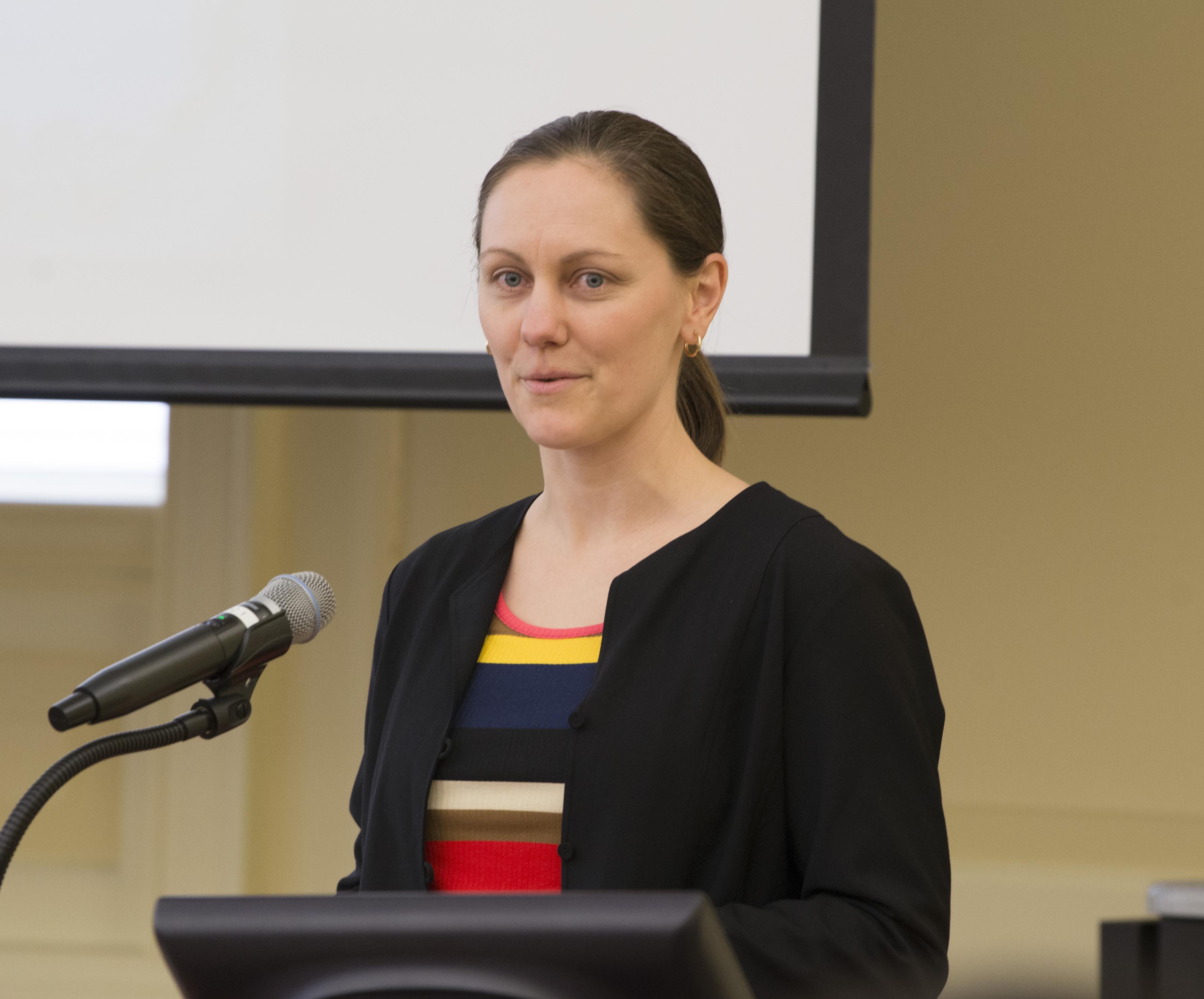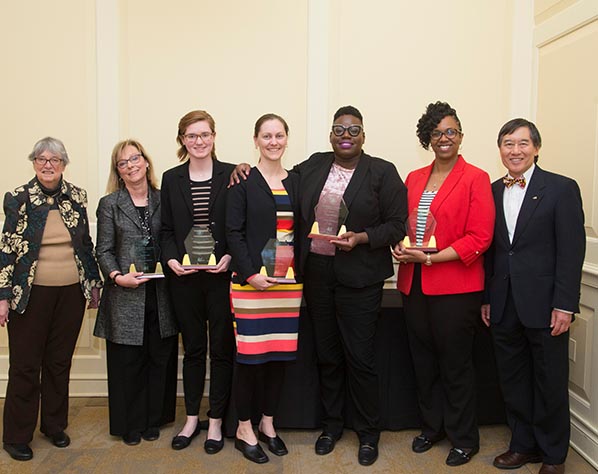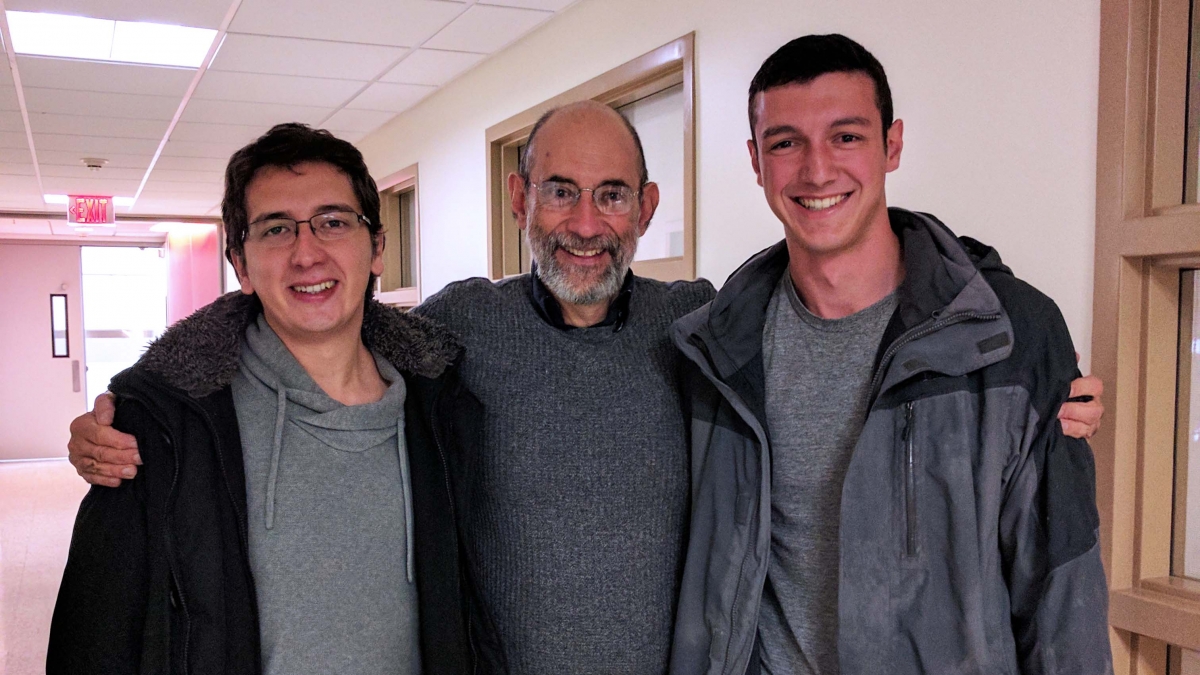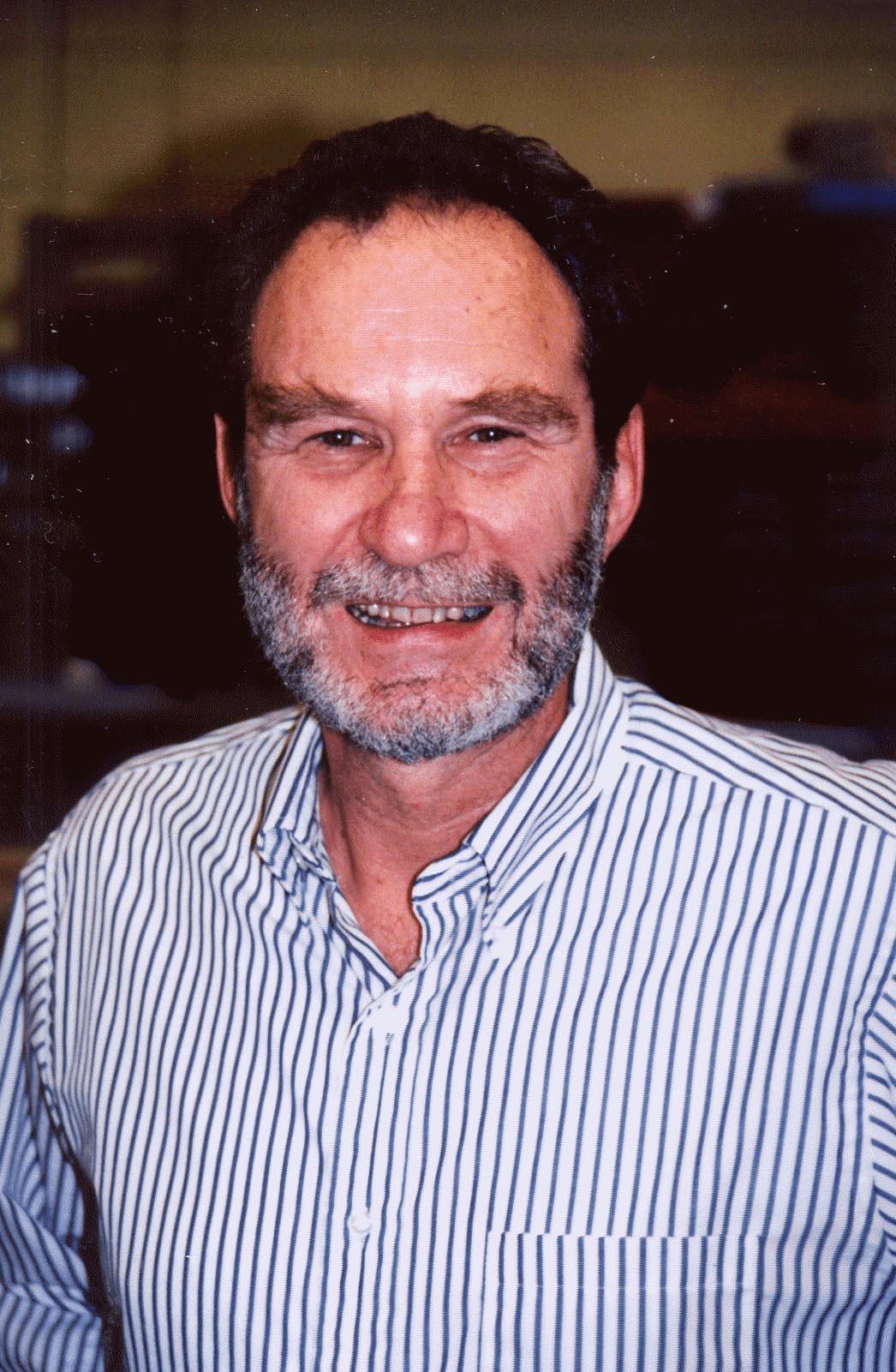Chandra Turpen Wins 2018 Women of Influence Award
- Details
- Published: Friday, May 18 2018 16:21
Congratulations to Assistant Research Professor Chandra Turpen for receiving the 2018 Women of Influence Award. Established in 1977 by the President’s Commission on Women’s Issues, this award recognizes achievements of outstanding women o n campus.
n campus.
Dr. Turpen received her Ph.D. in Physics at the University of Colorado, specializing in Physics Education Research. As an Assistant Research Professor in the physics department at UMD, Turpen works with the Physics Education Research Group. Her work includes the design and research contexts for learning in higher education. She uses perspectives of anthropology, psychology and the learning sciences.
At UMD, she directs the  Learning Assistant program which is focused on recruiting and preparing exceptional science majors for teaching careers. This program allows students to collaborate, interact and problem solve. She also leads an Introductory Physics course for Life Science (IPLS).
Learning Assistant program which is focused on recruiting and preparing exceptional science majors for teaching careers. This program allows students to collaborate, interact and problem solve. She also leads an Introductory Physics course for Life Science (IPLS).


 He received the Department’s Excellence in Teaching Award in 1981-82 and its Continued Excellence in Teaching Award in 1982-83. He was also nominated for the Parents’ Association 2001 Outstanding Faculty of the Year Award. He was a resident of College Park and enjoyed attending Maryland sporting events.
He received the Department’s Excellence in Teaching Award in 1981-82 and its Continued Excellence in Teaching Award in 1982-83. He was also nominated for the Parents’ Association 2001 Outstanding Faculty of the Year Award. He was a resident of College Park and enjoyed attending Maryland sporting events.